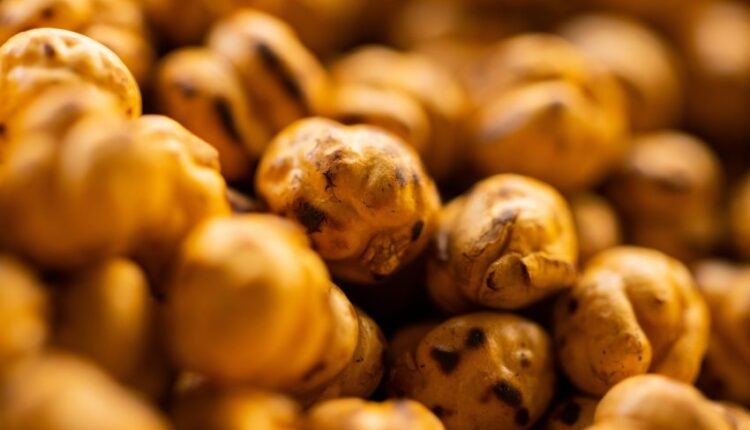Why You May Soon Be Drinking Synthetic Coffee
The global consumption of coffee is a significant social and environmental issue, with the average Arabica tree producing only one to two pounds of coffee a year. This demand has led to mass deforestation, poverty wages for farmers, and substantial carbon emissions due to production and long supply chains. Research suggests that around half of the land best suited to growing coffee will become unsuitable for that purpose by 2050 due to climate change.
At least a half-dozen companies are using biotechnology and food science to replace the coffee in your cup with something less harmful and less vulnerable to climate change. This pseudo-coffee can be made from a variety of ingredients, including chickpeas and “upcycled” agricultural waste like date pits. Other approaches use lab-grown cells from actual coffee plants. Companies like Voyage Foods, Minus Coffee, Atomo, Prefer, Stem, and Northern Wonder have all either begun selling or are working on so-called beanless coffee alternatives.
Cargill, one of the world’s largest food companies, has taken notice and recently signed a deal to become the exclusive business-to-business distributor of beanless-coffee maker Voyage Foods’ cocoa- and nut-free products. If these companies reach enough people, it will be a classic case of what economists and climate capitalists call the substitution effect: As traditional coffee becomes scarce and more expensive, consumers will switch to cheaper and plentiful alterna-brews.
Atomo Coffee’s beanless coffee mimics the molecular structure of coffee, making it comparable in price to “real” Nutella and the lowest-cost allergen-free spread available at the big-box chain. For people to convert from brands they know, it needs to cost nothing to make a switch, and the replacement needs to taste good.
Recently, Andy Kleitsch, CEO of Atomo Coffee, brewed a flight of espressos and espresso-based drinks, which were indistinguishable from those made with traditional coffee beans. The taste was fine, if a bit mild—lower-acidity than a typical espresso, and not quite as punch-you-in-the-face bitter.
Voyage Foods’ cocoa-free spread was a reasonable facsimile of the real thing, but something about it still reminded me of the seeds from which it is actually made.
NASA has proposed growing food for space stations and moon bases using bioreactors, which are steel vessels used to manufacture pharmaceuticals, cosmetics, and food additives. Heiko Rischer, head of plant biotechnology at VTT Technical Research Centre of Finland, demonstrated in 2021 that it is possible to grow cells from coffee plants inside a bioreactor, and the resulting powder, when roasted, has many of the characteristics of coffee. Researchers are also working on a similar process for growing cells in cocoa plants that give chocolate its distinctive flavor.
There is no limit to what plant cells can be grown in bioreactors, but it is not yet price-competitive with the real thing. While his team has grown enough coffee cells in bioreactors to create a substance that approximates the real thing, it is not clear when the process will be scaled up enough for lab-grown cocoa and coffee to be competitive.
In the future, the biggest competitor for beanless coffee is likely to be regular coffee, but souped-up and grown in biomes that might become more hospitable as the planet warms. Using plant breeding to bring desirable traits from wild coffee plants could lead to hardier trees that can handle more heat stress, as well as the continuing threat of a deadly fungal disease known as coffee rust. Starbucks announced last year that it is working on breeding coffee trees that will be more resistant to the effects of climate change.
Genetically engineered coffee may have the same environmental issues as much of today’s coffee, in terms of land use and emissions impact of transporting beans. In the late 19th century, shortages of butter spurred chemists to find alternative sources of fats, leading to the development of margarine, shortening, and hydrogenated fats. Consumers might someday accept that “chocolate” chips aren’t made from actual cocoa in cookies.
Read More @ Yahoo
Source: Coffee Talk



